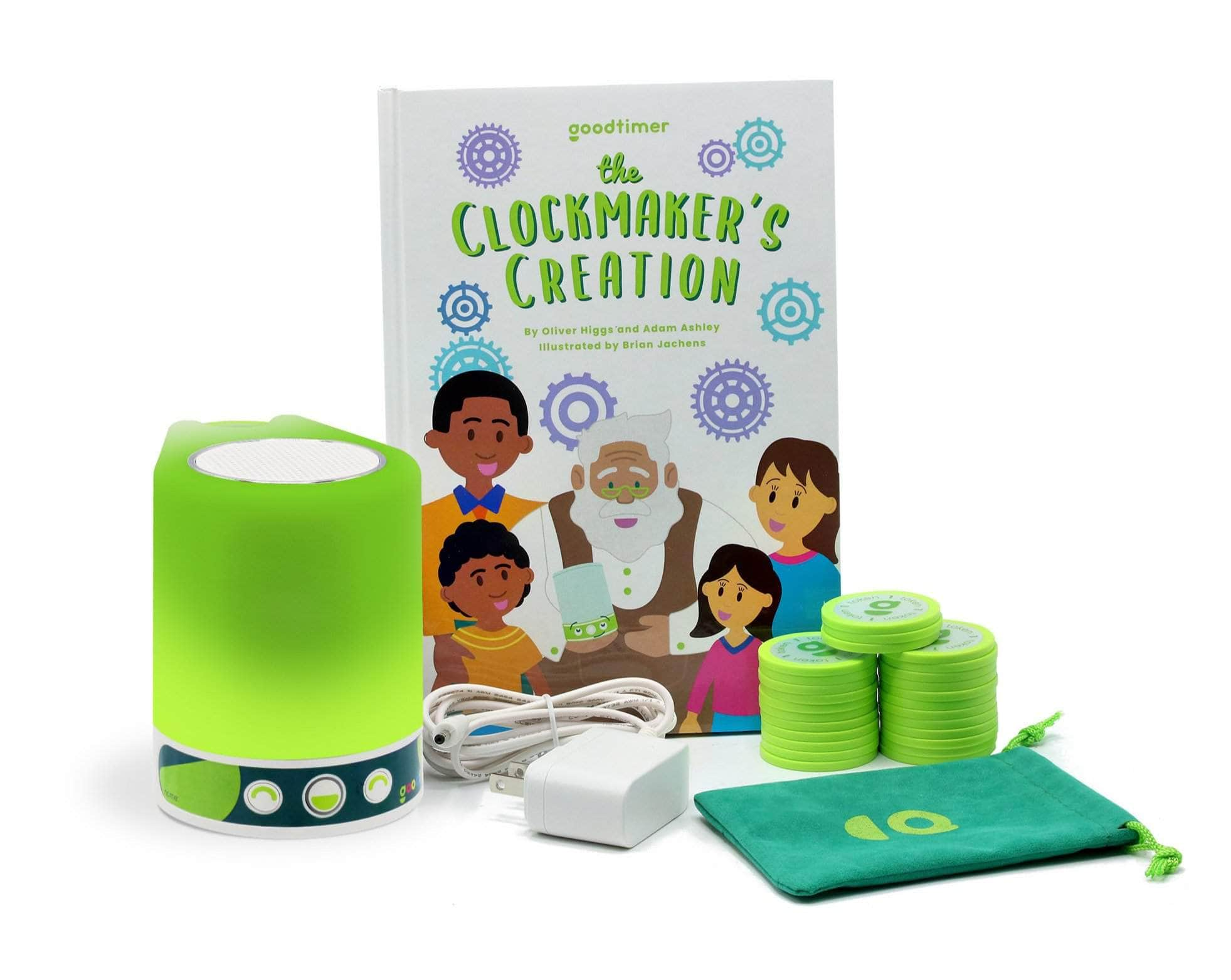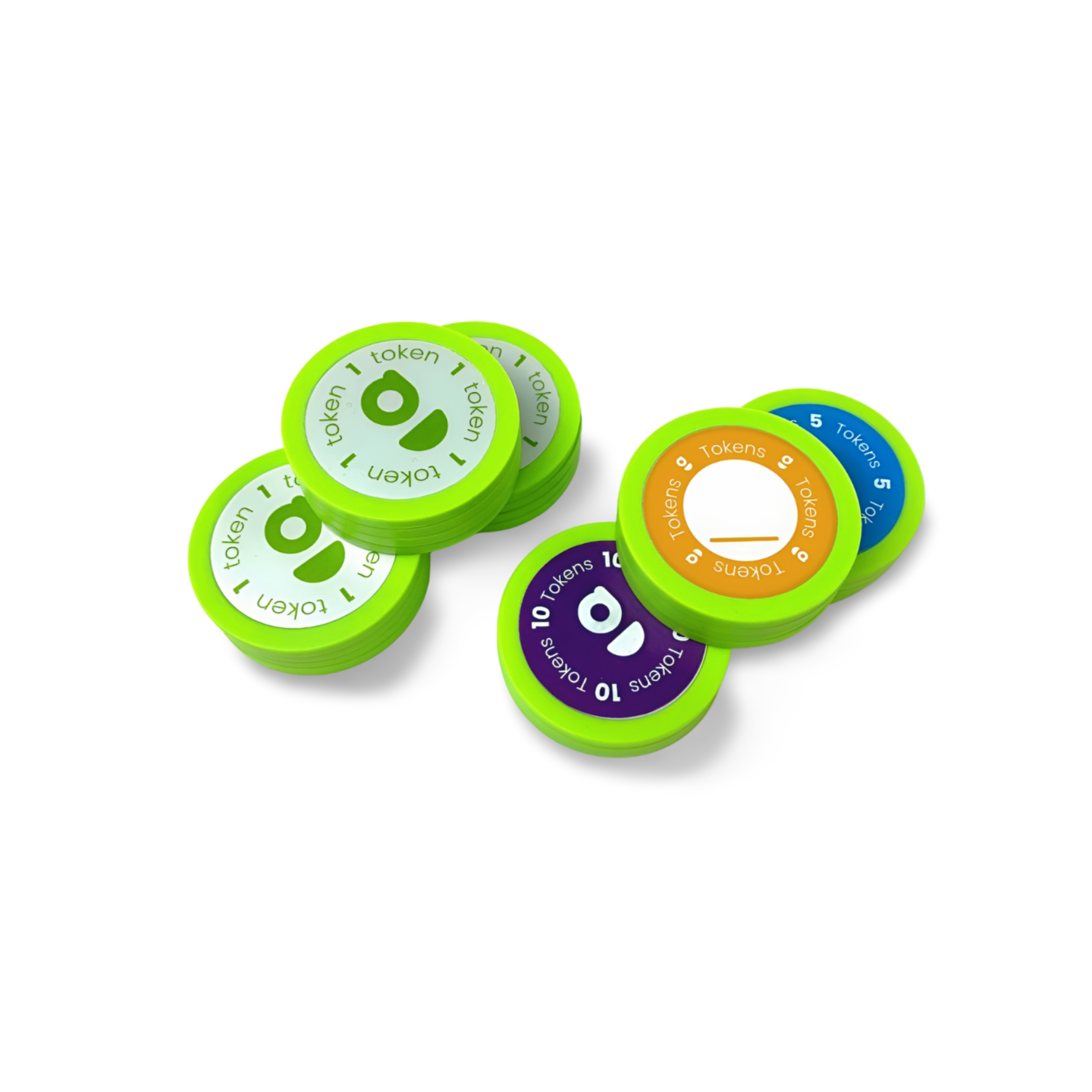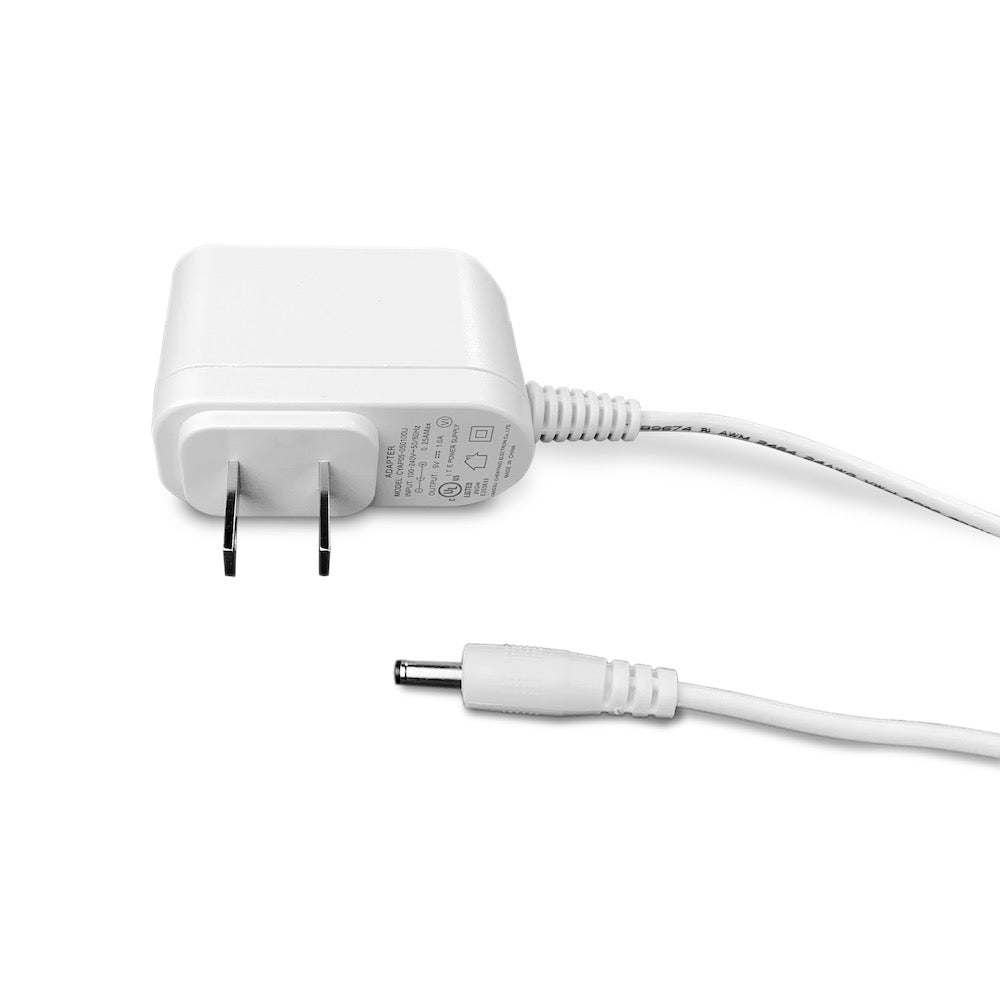Seeing a baby suck their thumb is often comforting to a parent who might think something like, “oh, how sweet, they have found a way to self-soothe!,” or “I’m so lucky - I don’t have to worry about pacifiers!” It is completely appropriate for young children to use their mouths as a means to understand the world around them. At some point, though, many parents stop viewing thumb sucking as an adorable, independent endeavor and instead (responsibly) shift their attention to the potential problems associated with prolonged thumb sucking (e.g., dental concerns). Positive parenting strategies, with the help of positive reinforcement via your trusty Goodtimer, can gently and effectively help your child break this (and other) potentially problematic habits.
The American Dental Association states that most children stop thumb sucking on their own between the ages of two and four. If children persist with the habit after age four, though, the potential consequences may include bite misalignment, difficulty chewing/swallowing, palate problems, speech problems, and for older-aged school children, unwanted negative attention and/or teasing from peers.
Here at Goodtimer, we always promote positive parenting solutions. When trying to help our kids break a habit which has the potential function of self-soothing, though, it is particularly important to avoid punishment and criticism as to keep stress levels to a minimum and avoid accidentally reinforcing the very habit we are trying to break!
Explain to your child why you are looking to break this habit. Try not to scare them with a list of warnings, and instead emphasize how much you value their having a healthy smile! Normalize it as something many children work to overcome. Then, together and through your own observation, try to notice what situations might trigger their thumb-sucking. Is it mostly in public places? Right before bed? In the car? Try to come up with ways to help manage their stress in these moments (e.g., "oh, would it help if I held your hand when we went to pick up your brother from middle school?”).
From there, offer your child some replacement behaviors to try instead. These would ideally serve the function of distracting from their urge to thumb suck and/or satisfy their overarching need for sensory input in that moment. Consider their holding a different object of comfort, playing with a fidget spinner, listening to music, smelling lavender, and/or snuggling with a parent or grandparent.
Be sure to set small, achievable goals to gradually reduce thumb sucking as opposed to expecting your child to stop the behavior cold turkey. For example, “for now, let’s try to stop sucking our thumb while we’re watching TV.” Then, gradually, extend the settings/periods of time as the child begins to progress.
Throughout this journey, encourage your child to share the feelings and challenges they are experiencing. If you or another family member notices them sucking their thumb, use gentle reminders and positive language to avoid shaming or criticizing them (e.g., “Oopsie! I see your thumb snuck into your mouth while you were watching TV! Here’s your fidget spinner, I know it helped last time!”)
Promote any progress, no matter how small, with positive reinforcement via your Goodtimer! The lights and sounds serve to effectively reward a child’s efforts and motivate them to stay on course! Verbal praise and snuggles go a long way, too! Good luck to you both.










Leave a comment